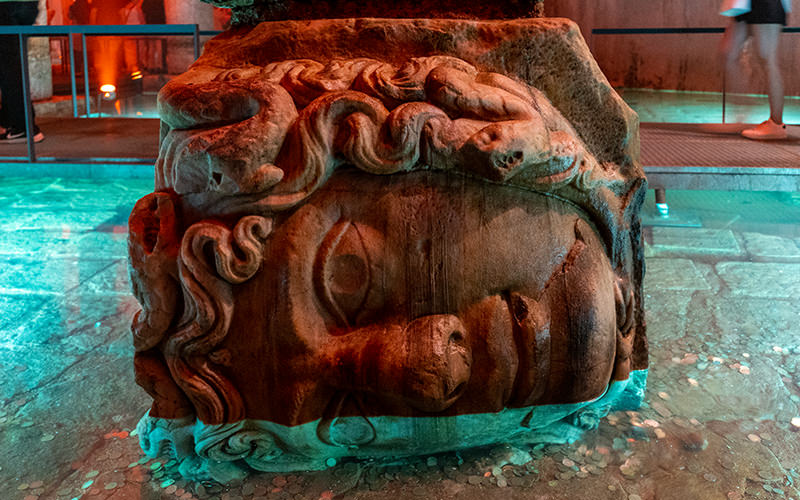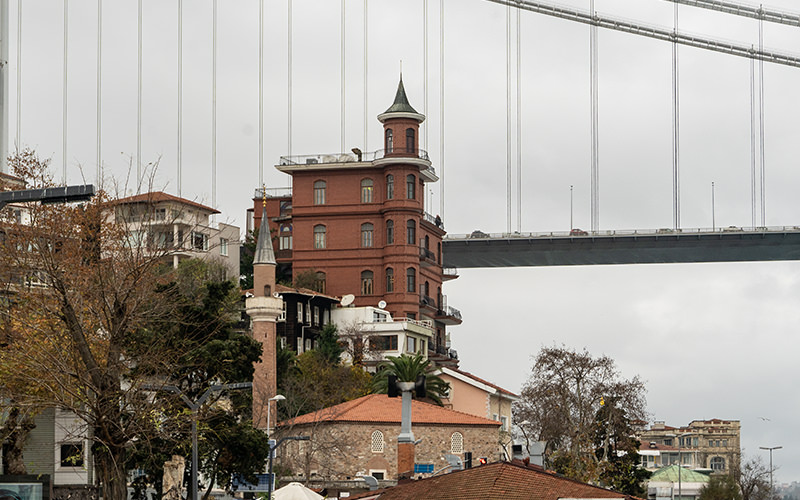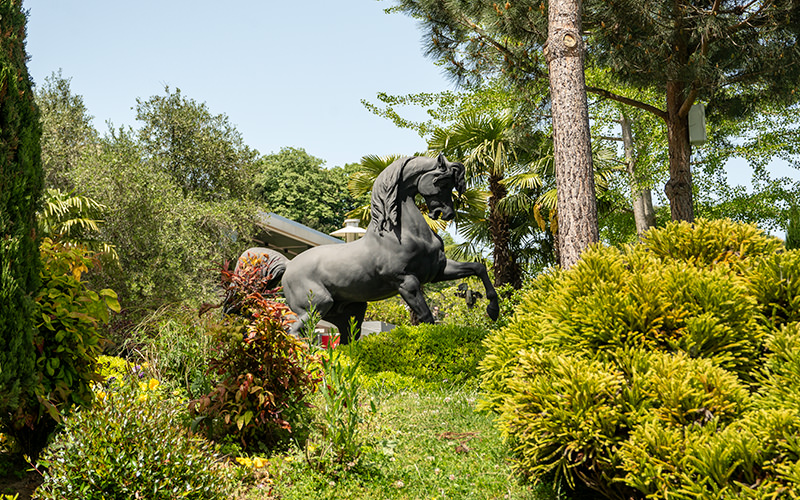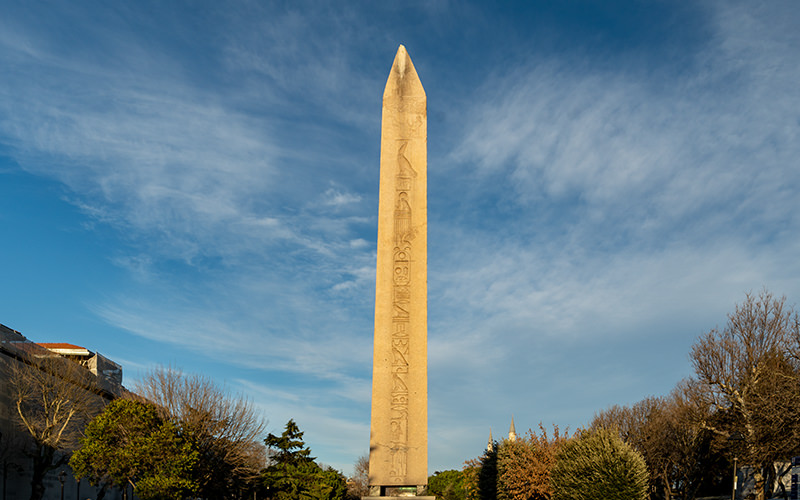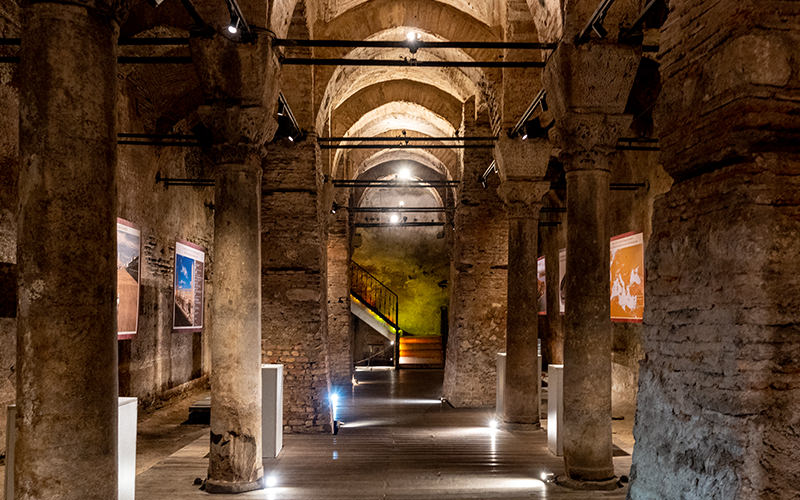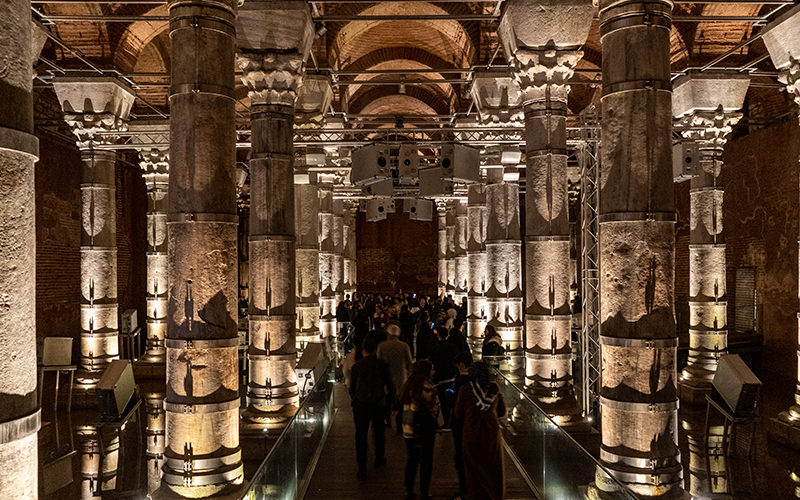The Museum of Turkish and Islamic Art is located in the heart of Istanbul, close to the city's most famous landmarks: Hagia Sophia, the Blue Mosque, the Basilica Cistern, and the Topkapi Palace. Today, I’ll share the history of this remarkable place.
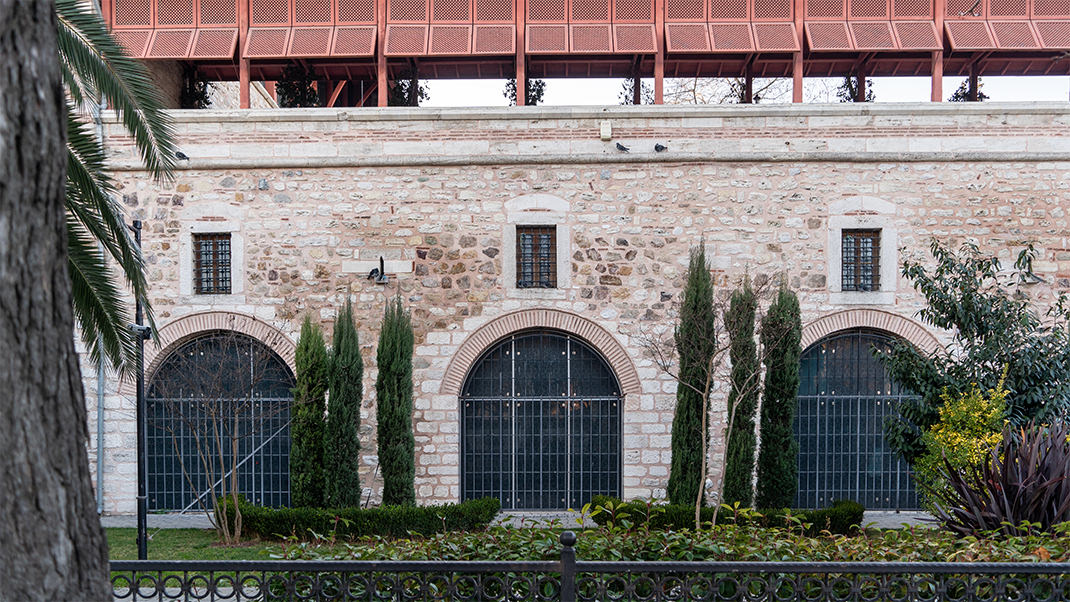
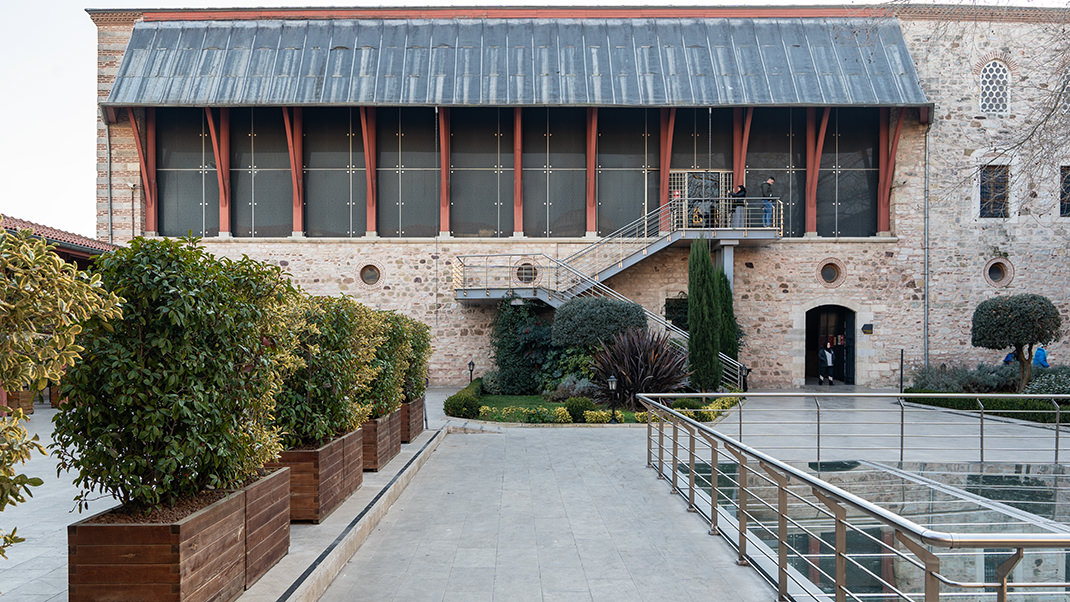
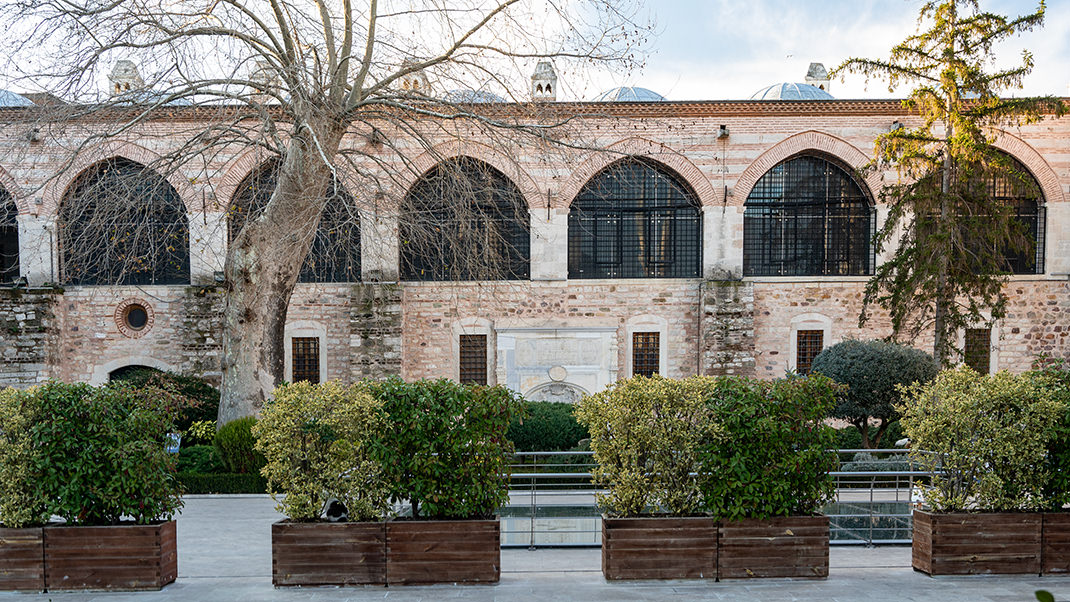
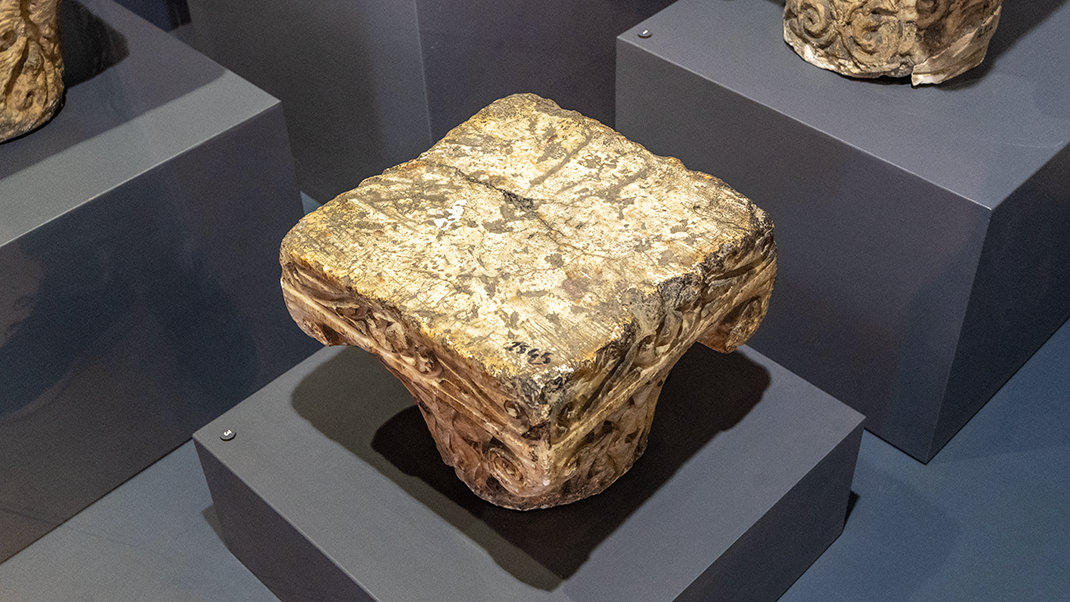
Museum History
The museum is housed in the former Ibrahim Pasha Palace, considered the oldest private palace in Istanbul from the 16th century and a prime example of Ottoman civil architecture.
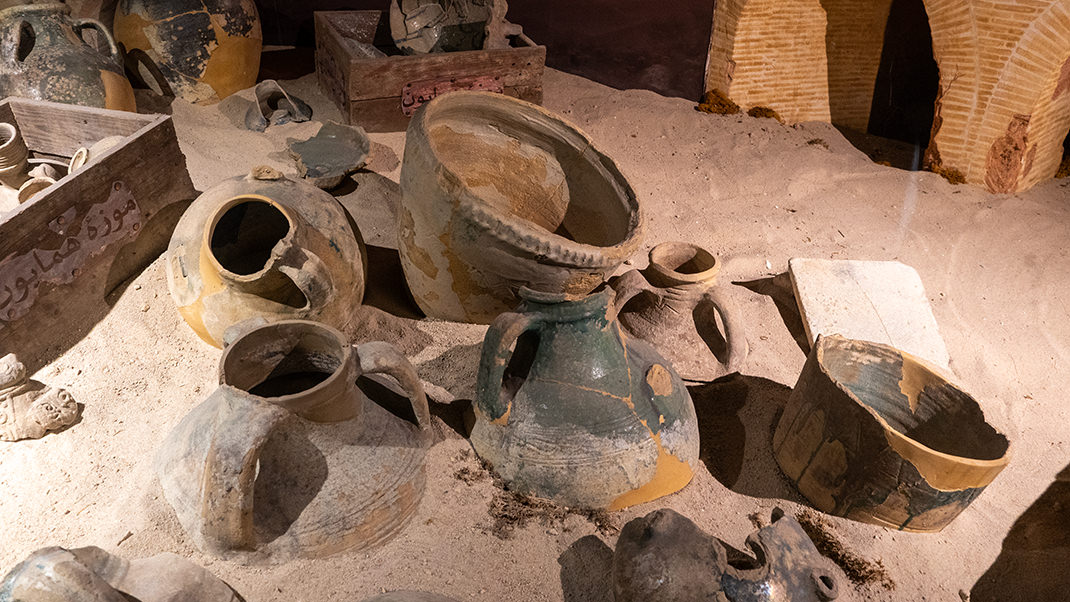
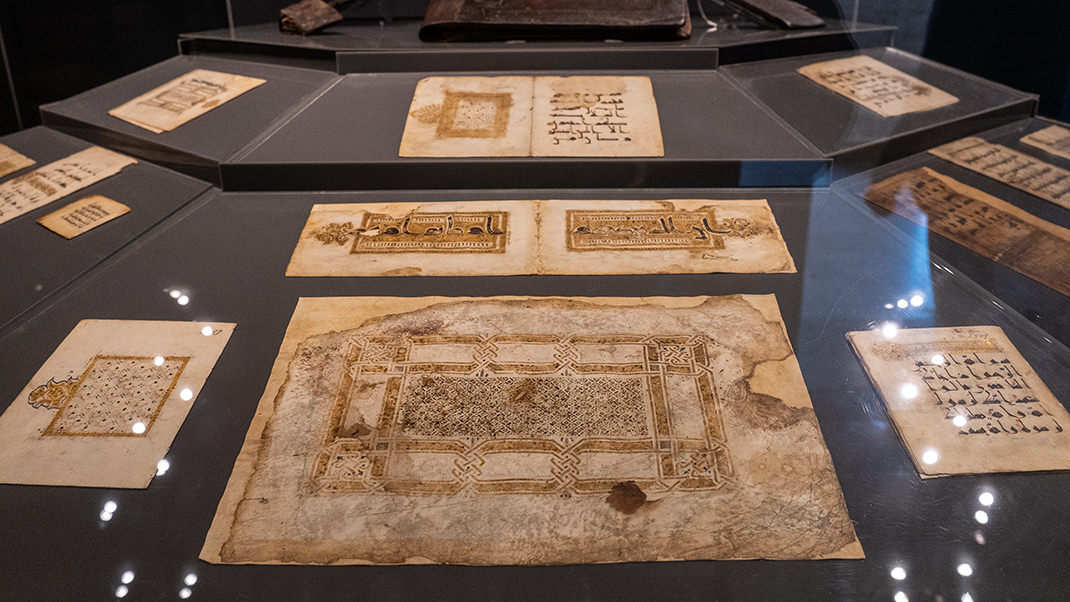
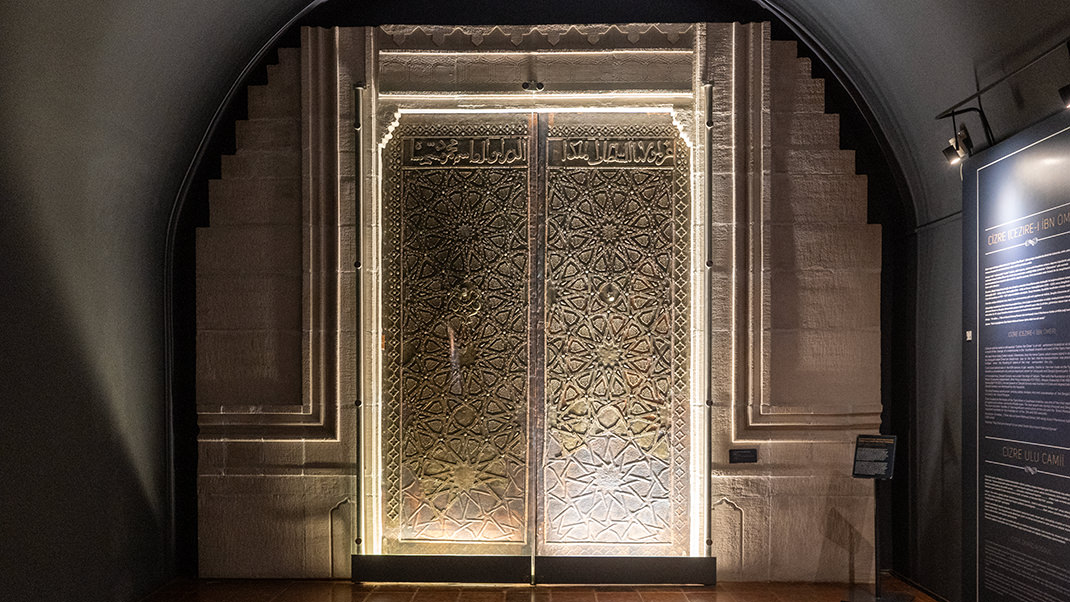
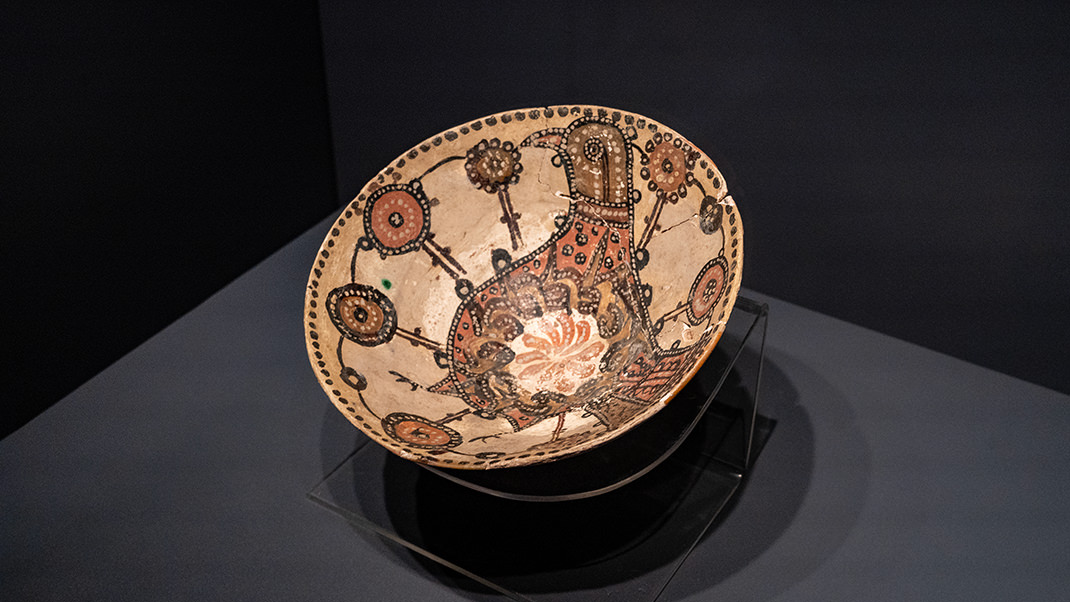
Built in 1524, the palace was a gift from Sultan Suleiman the Magnificent to Ibrahim Pasha. Originally, the palace complex was larger, with four inner courtyards. Guides mention that its size exceeded that of Topkapi Palace, and over time it hosted barracks, a sewing workshop, and even prison cells.
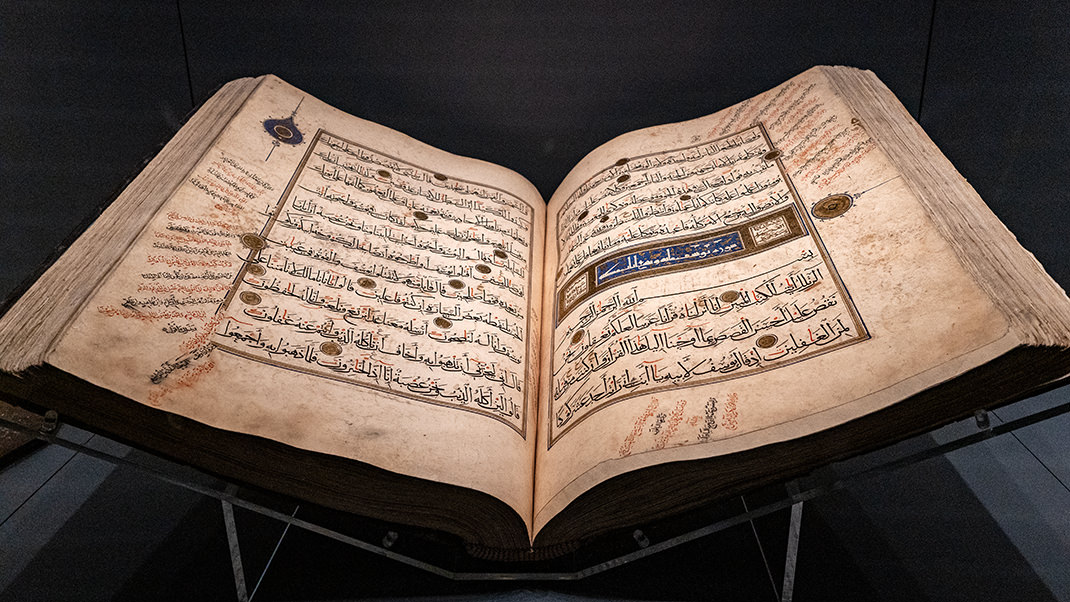
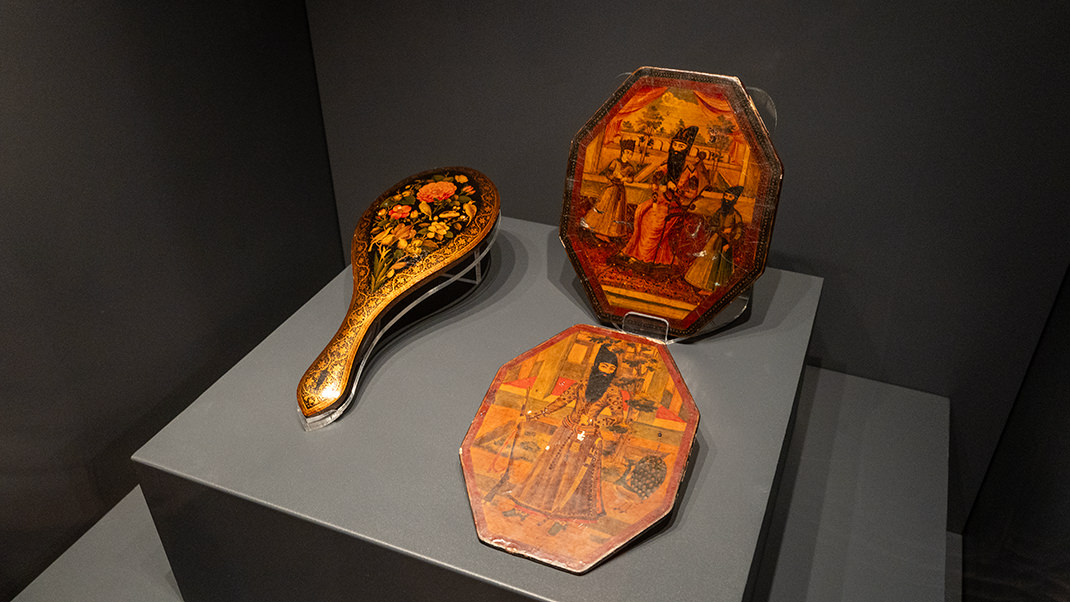
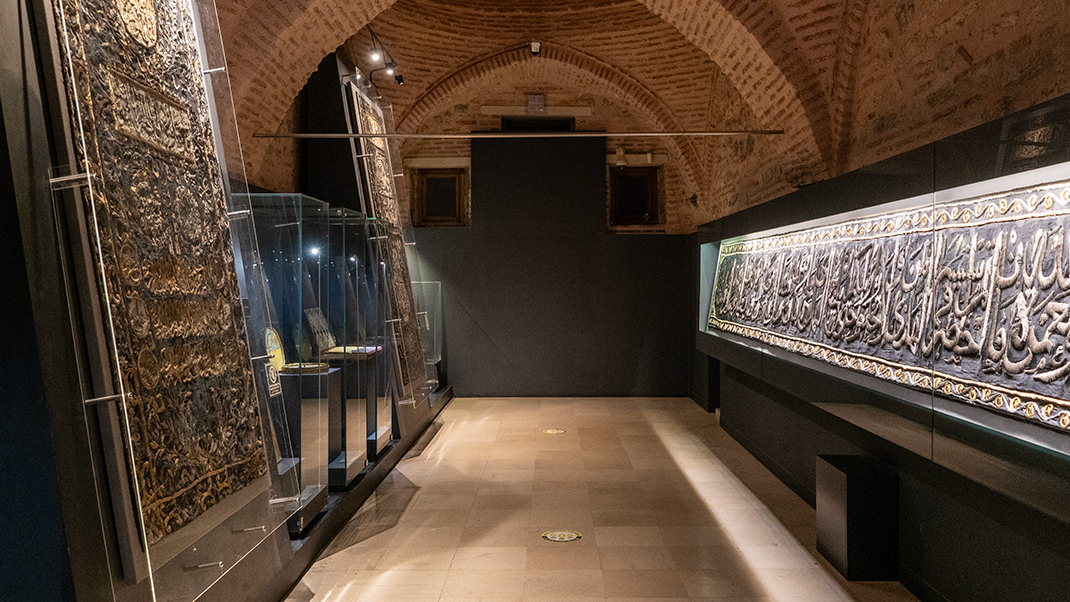
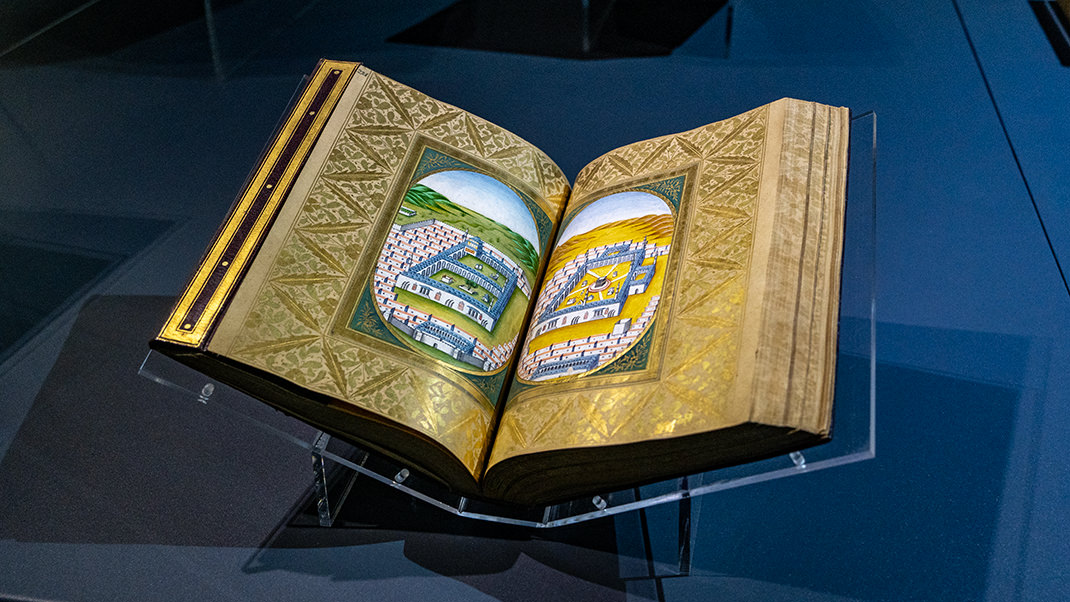
The first Turkish and Islamic art exhibition opened in 1914, initially in the hospice of the Suleymaniye Mosque. The museum was renamed in the early 1920s, and by the end of the century, all exhibits were moved to Ibrahim Pasha Palace.
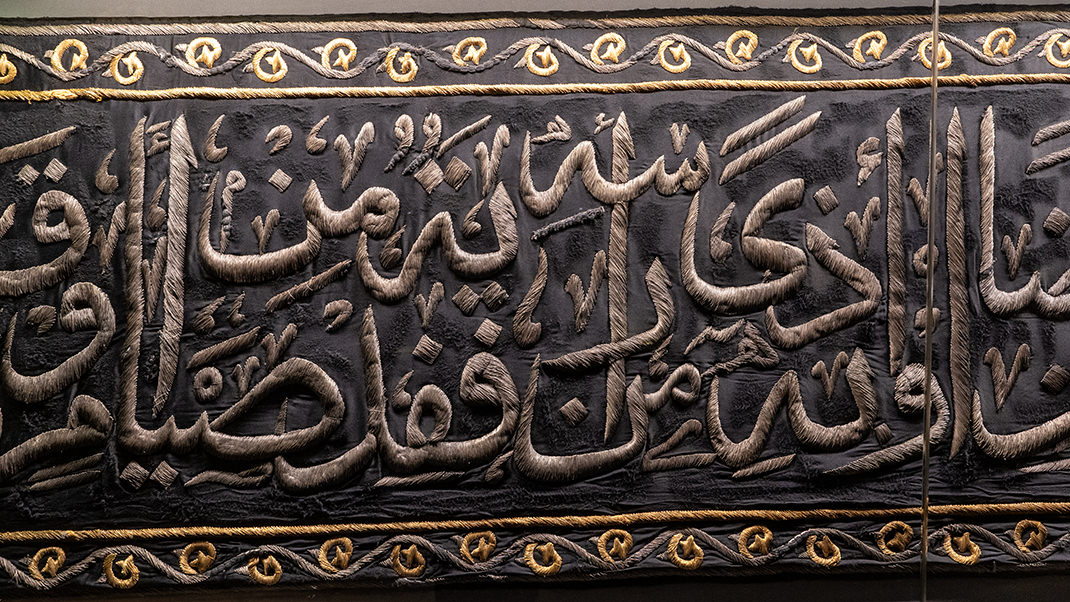
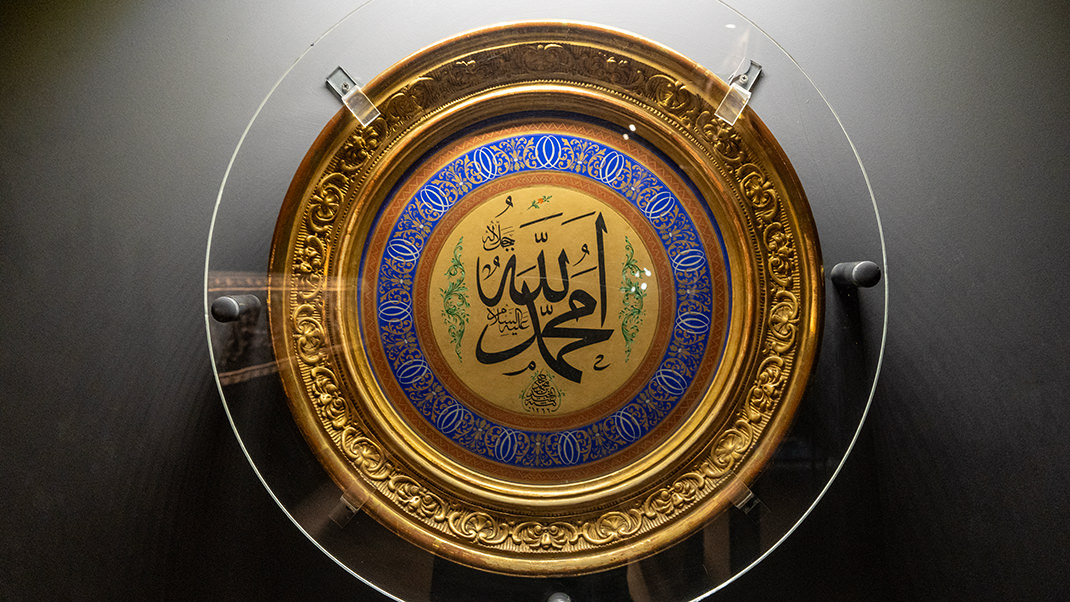
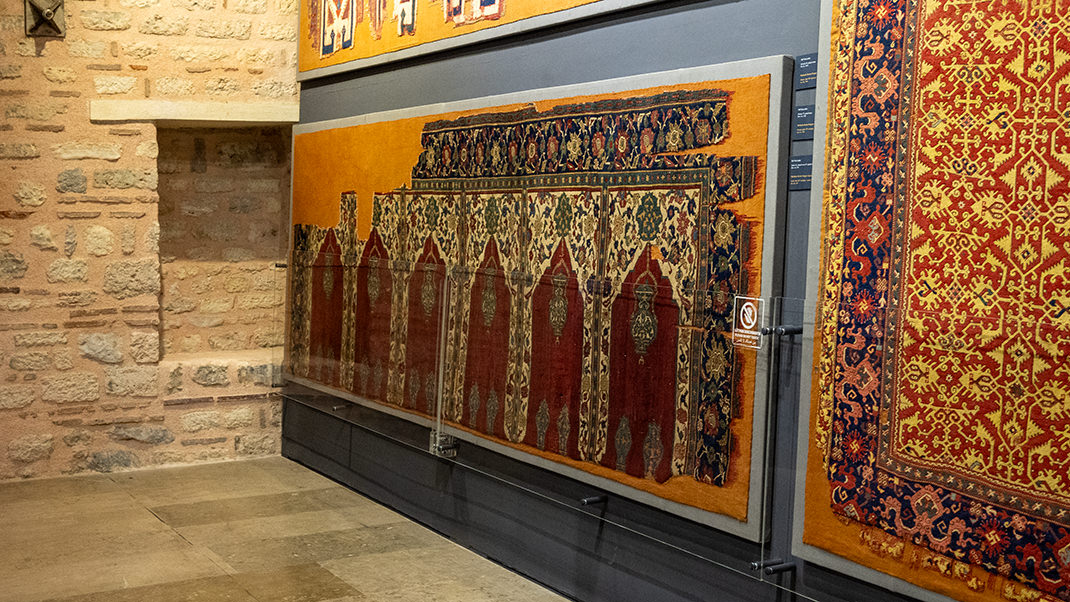
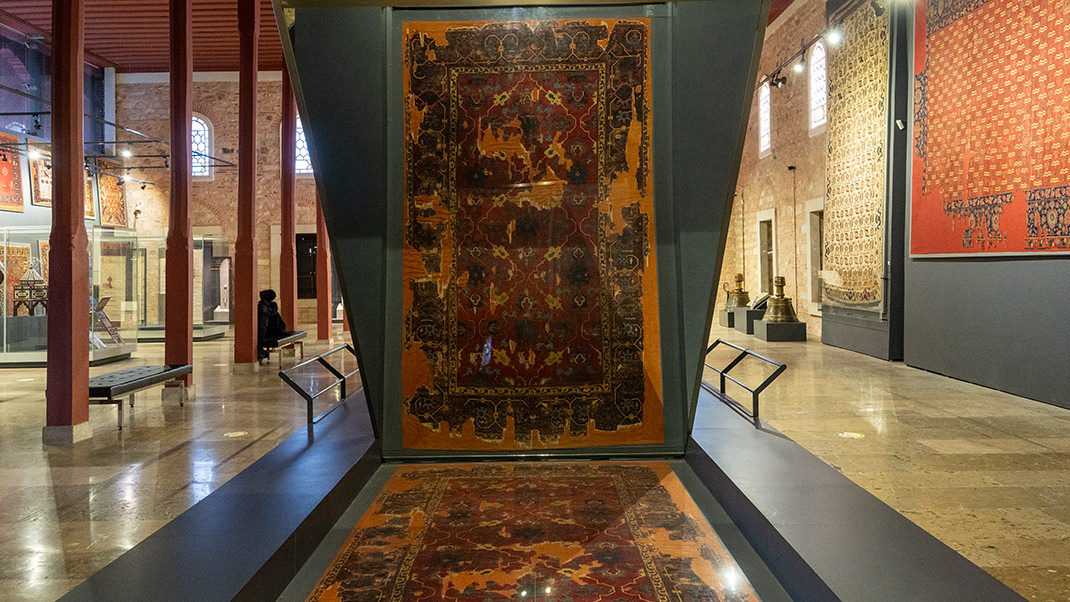
The collection includes a vast array of items: architectural pieces, ceramics, wood and porcelain items, books, paintings, jewelry, and household objects. A special focus is on the carpet collection, with about 1,700 pieces, the oldest of which are around 600 years old. International sources sometimes refer to this section as the "carpet museum."
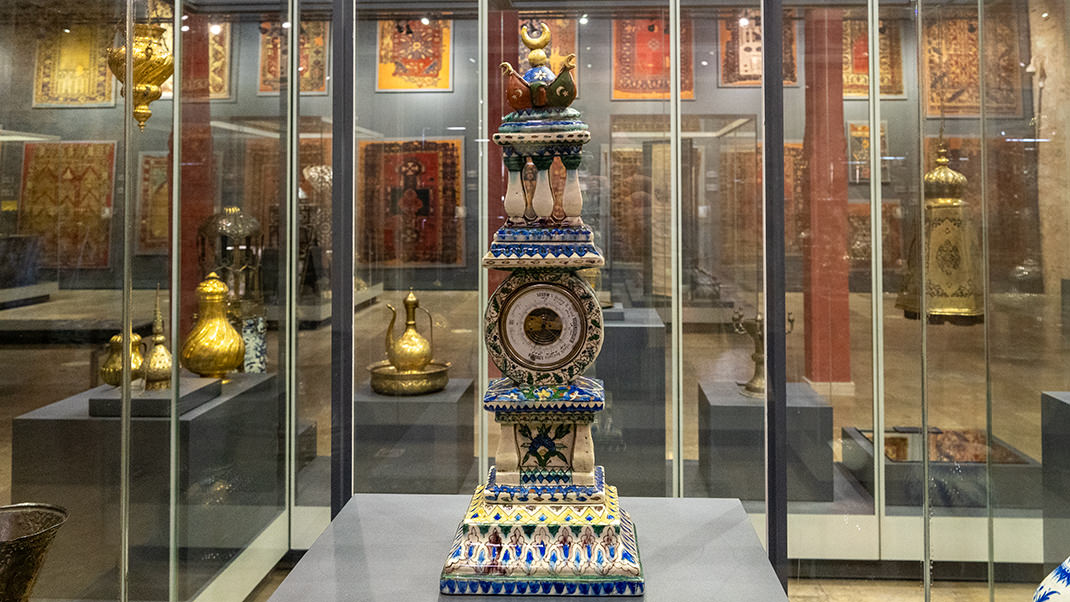
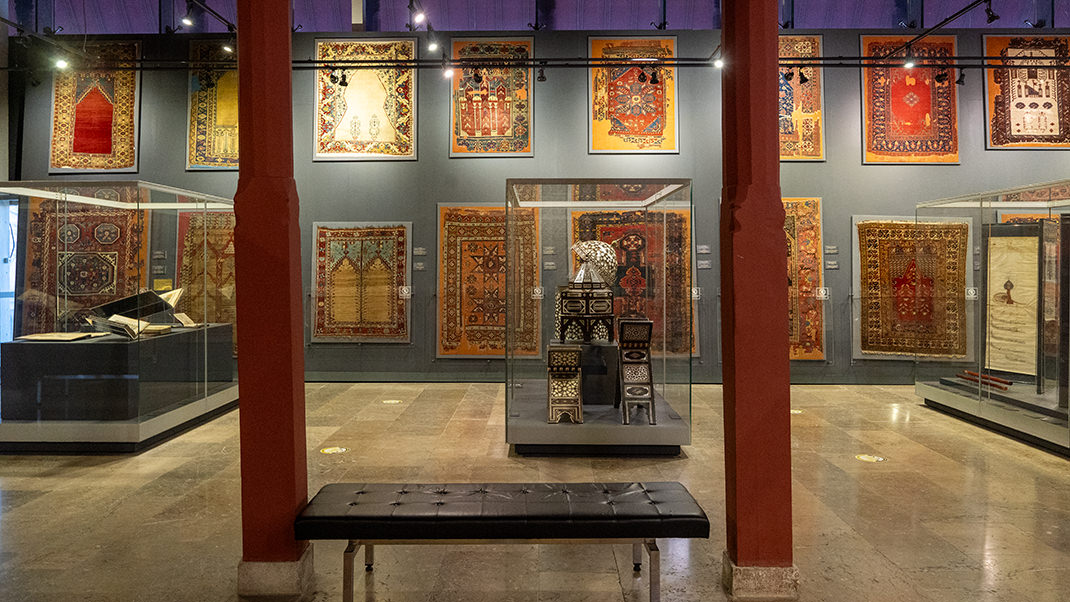
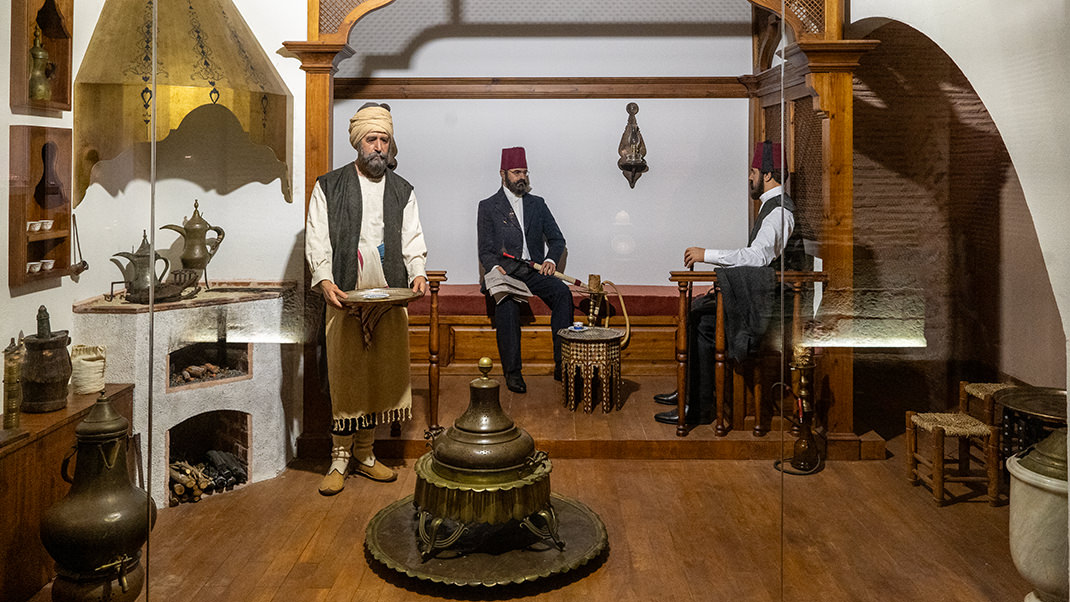
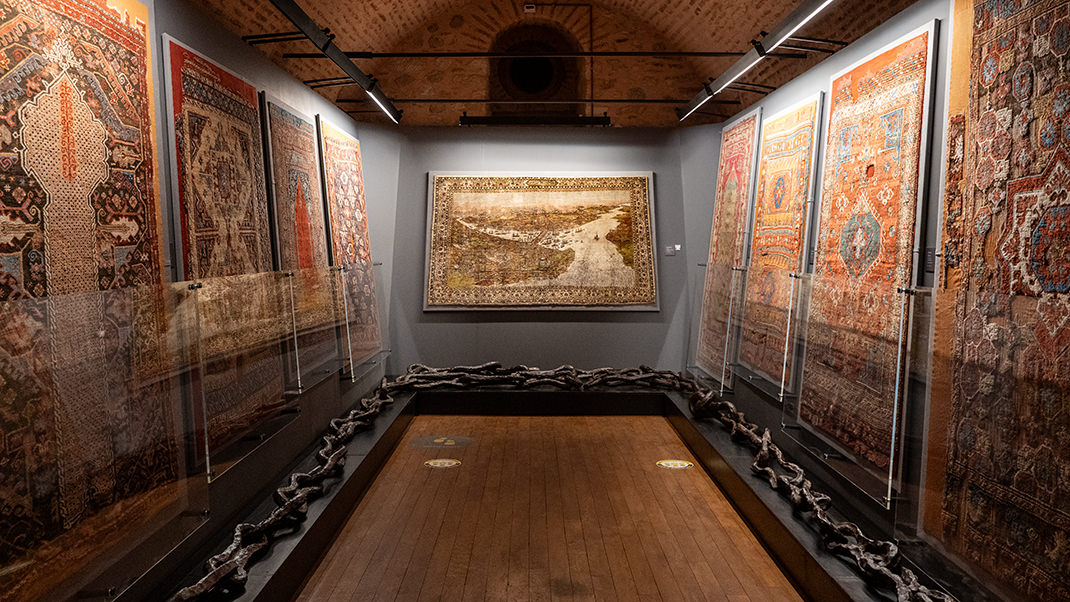
How to Get There
The museum is accessible by tram on the T1 line, with the closest station being "Sultanahmet." However, this line is often overcrowded with tourists, and I’ve seen situations where people struggle to get off. For a less crowded option, take the metro to "Sirkeci," a 15-minute walk from the museum.
Admission as of autumn 2024 is 17 euros.
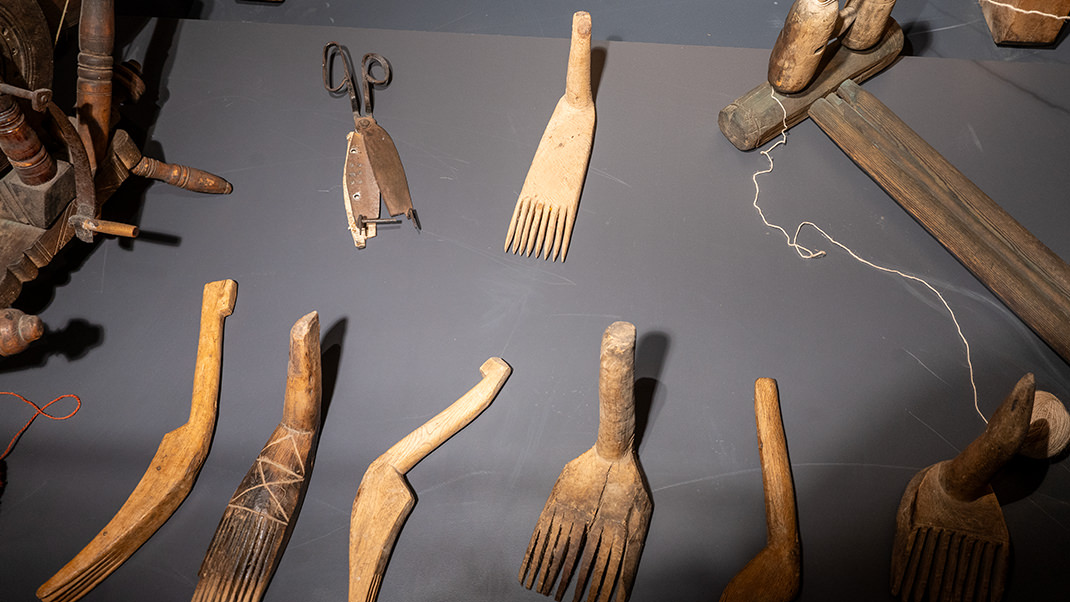

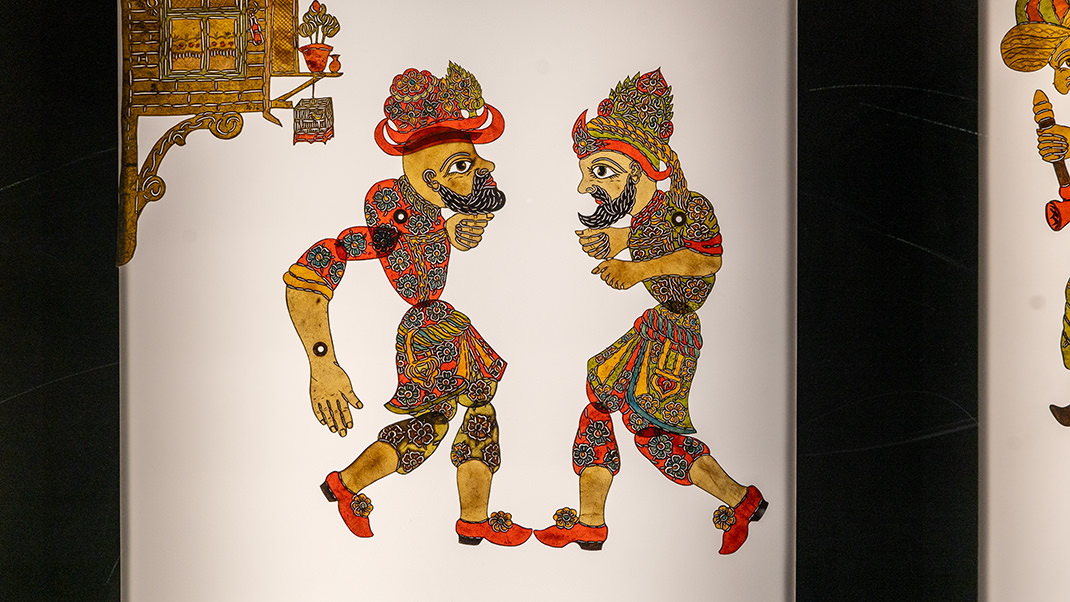
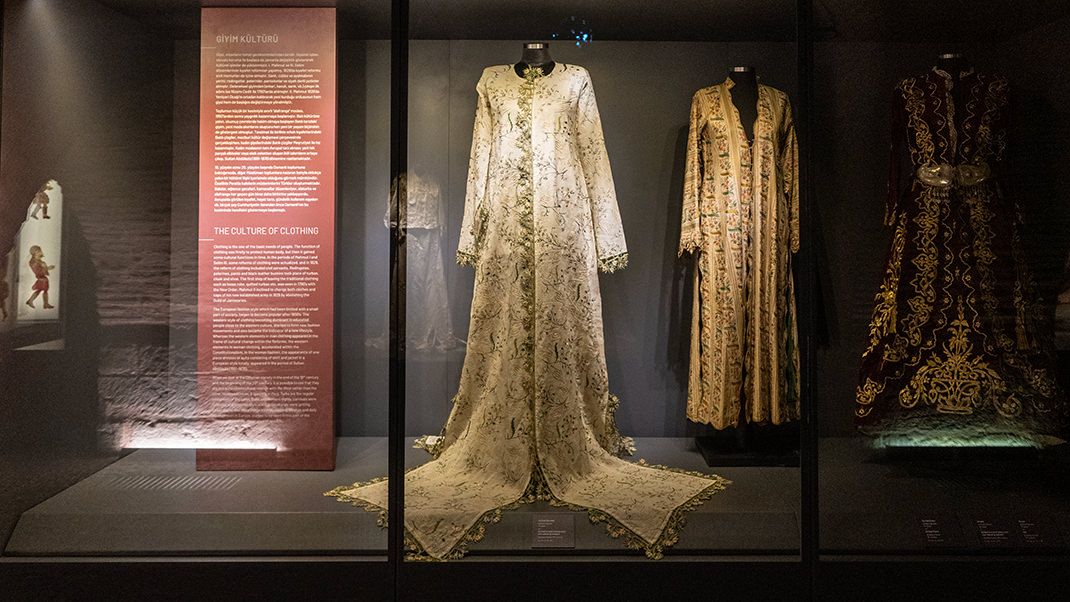
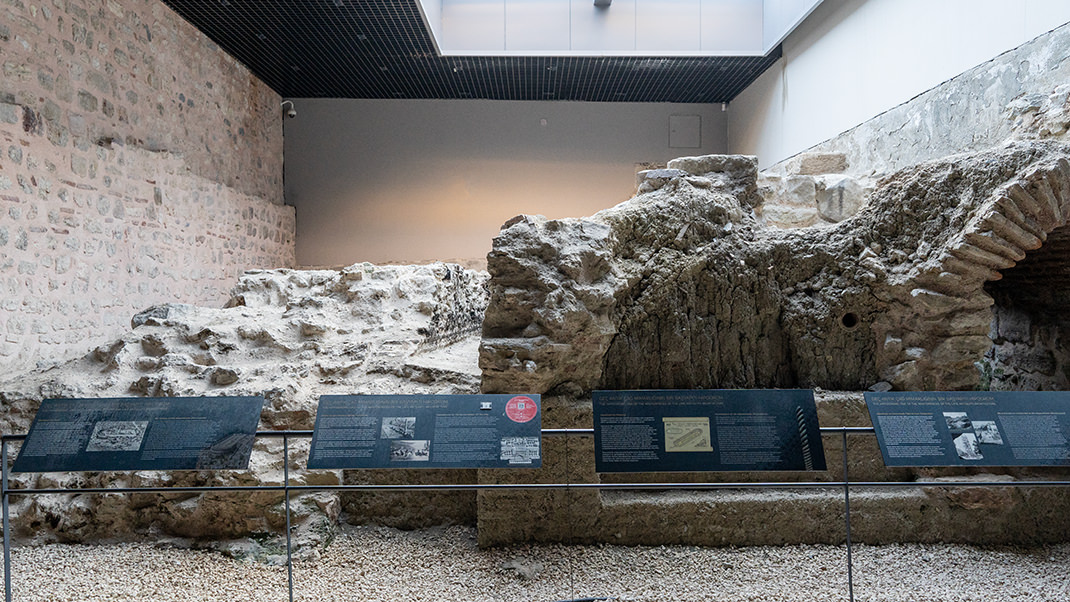
As I mentioned earlier, the palace is ideally located near many tourist spots. If you’d like to avoid paying entry fees for Hagia Sophia or the Basilica Cistern, you can stroll around the former Hippodrome area. Interestingly, there’s a reference to the Hippodrome in the palace itself: one of its halls displays remnants of the Hippodrome structures, discovered only ten years ago.
Have a nice trip!


